Wrestling a prototype away from Porsche seems to be about as easy as Indiana Jones swiping a sacred golden statue from inside a booby-trapped jungle cave – especially when the Porsche in question is the 916, a car that was banned by bosses because it was so fast it would have put the 911 to shame.
However, in a rare instance the 914-derived 1972 Porsche 916 being sold at RM Sotheby’s Monterey online auction is an opportunity to own a piece of Porsche history.

Estimated at $900,000–$1,000,000 (approximately £683,000 to £760,000), the 916 was gifted to Louise Piëch, sister of Porsche executive Ferdinand Piëch. The auction closes on August 14.
John Wiley, Hagerty’s valuation analytics manager, says the car’s Porsche/Piëch connection makes it a rare bird.
“For a Porsche collector, the opportunity to buy a prototype road car in its original combination, originally delivered to a member of the Porsche/Piëch family, doesn’t come along very often,” Wiley says. “This 916, with its Light Yellow (Hellgelb) exterior and chestnut with corduroy seat inserts that feature a paisley pattern, isn’t the typical combination when you think of Porsche. However, it does reflect the bright colours and customisation that Porsche offered in the ’70s to the right people.”
Intended to compete against Ferrari’s 246 Dino, the 916 was based on a standard 914 tub manufactured by Karmann but was extensively modified by Baur, which welded in a new steel roof panel in lieu of the removable plastic top of the production cars. Baur also added chassis and suspension reinforcement plates and a set of steel flares for the front and rear wings, giving the 916 improved the structural integrity demanded by the more powerful engine and larger wheels and tyres.
Hoping to set the car apart from the 911 S, Porsche planned to fit the 916 with a 2.6-litre engine. However, the first three 916 prototypes received a 2.4-litre 911 S mill producing 190bhp, while the later cars were fitted with a 2.7-litre engine producing 210bhp.
“Porsche was very innovative in the late 1960s and early ’70s, having just launched the all-conquering 917 and beginning to experiment with turbocharged engines,” Wiley says. “The 916 was created to resemble the successful 914-6 GT cars but with larger 2.4-litre and 2.7-litre engines. Suddenly, Porsche had a mid-engine car based on the entry-level model that was faster than the highest-performance 911.”
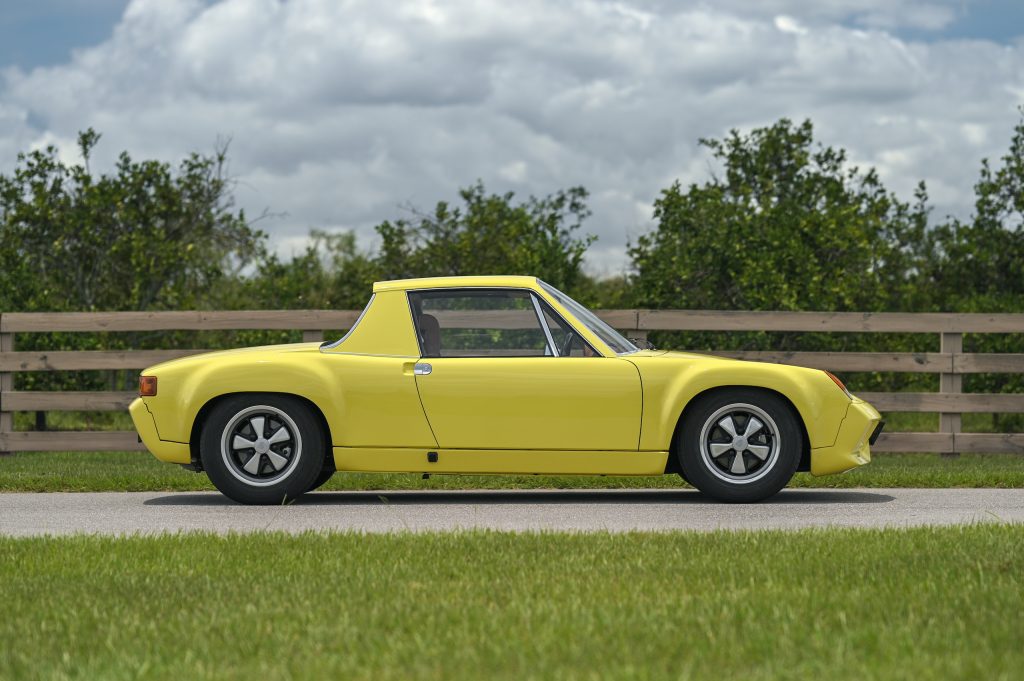
Unfortunately, the project was cancelled due to its sheer cost. In addition to the first 916 prototype, 10 more pre-production examples had either been finished or were nearing completion. Half were sold to management and friends of the company; the others were later sold privately. All the 916s are believed to survive, several still within the Porsche-Piëch families.
This example (chassis number 914.233.0011), one of the rare Porsche prototypes that wasn’t destroyed or put into Porsche’s museum, was the first of the 1972 series. Louise Piëch drove the 916 for two years before selling it to Porsche engineer Erna Götten. She passed it on to Los Angeles Times publisher and Porsche collector Otis Chandler in 1979 for $30,000 – about $107,000 (£81,000) today. From there it went to Japan before being purchased by its current owner, Dr. Thomas Gruber, in 2008. It underwent a comprehensive mechanical and cosmetic restoration shortly thereafter.
As one of 10 built, this 916 is among the most desirable of all Porsche variants. Considering that the original 1971 prototype, nicknamed Brutus, sold for €928,000 ($1,094,000) at Artcurial’s 2019 Rétromobile Auction, this second 916 might be the best option available – and you don’t have to be Indiana Jones to own it.

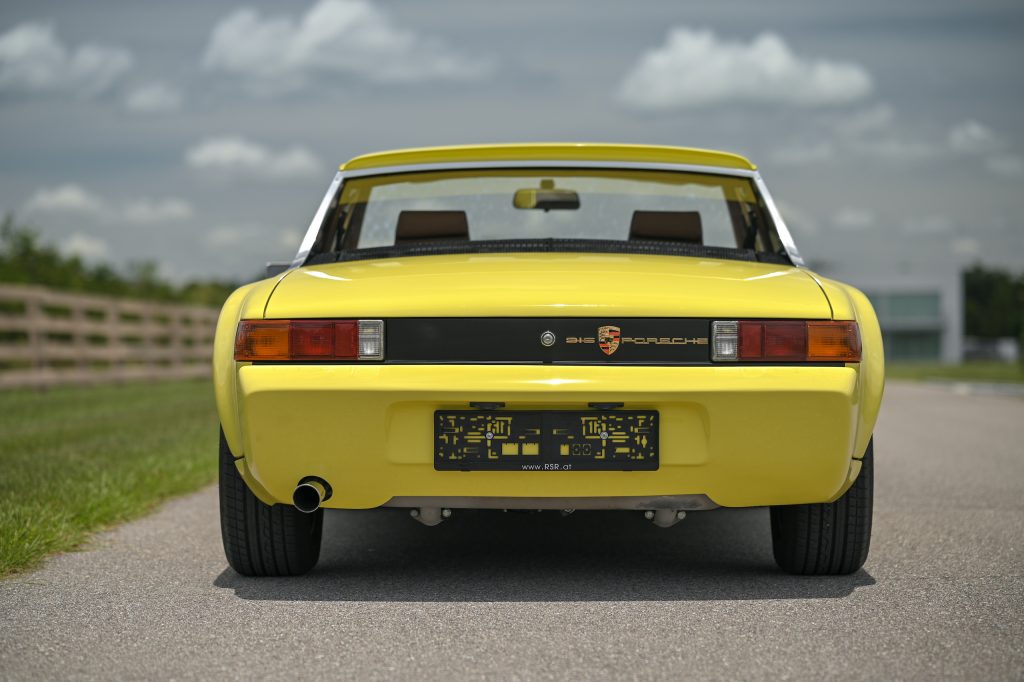
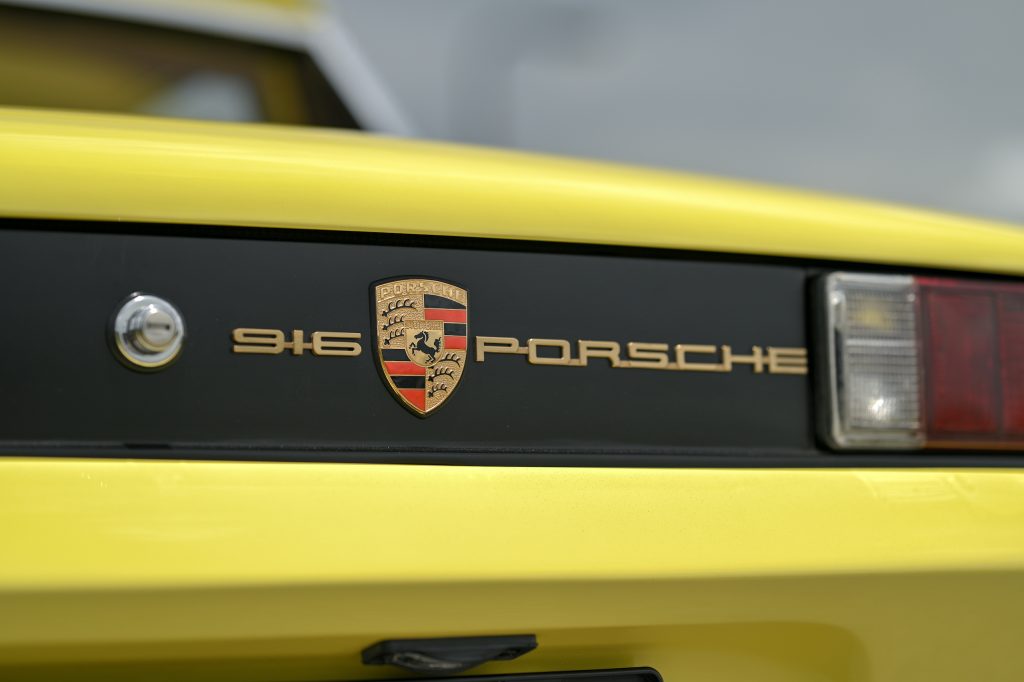
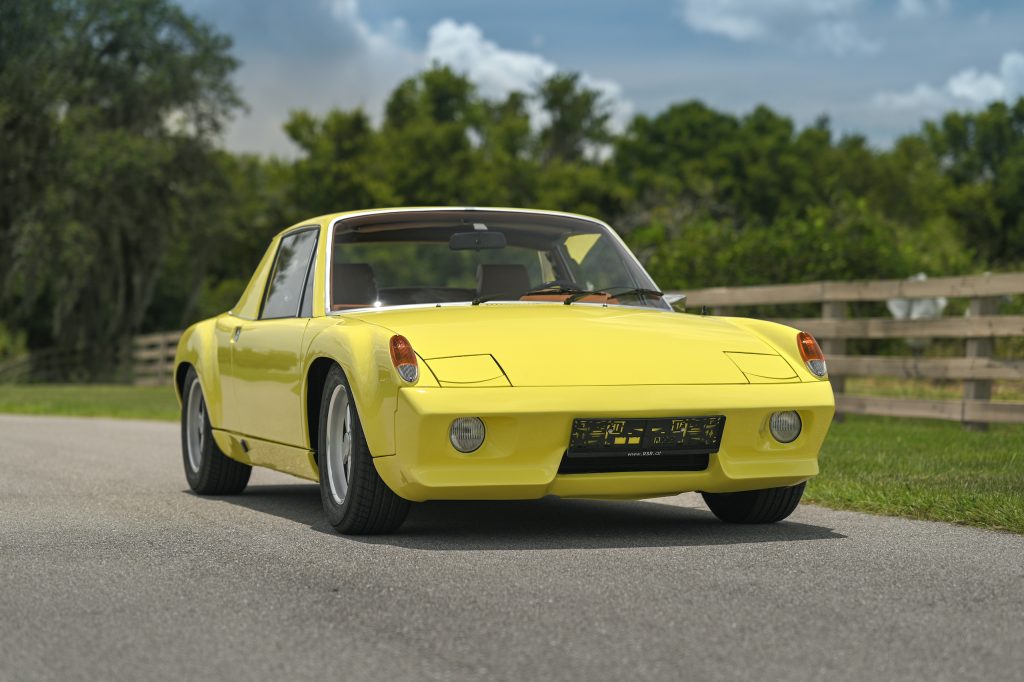
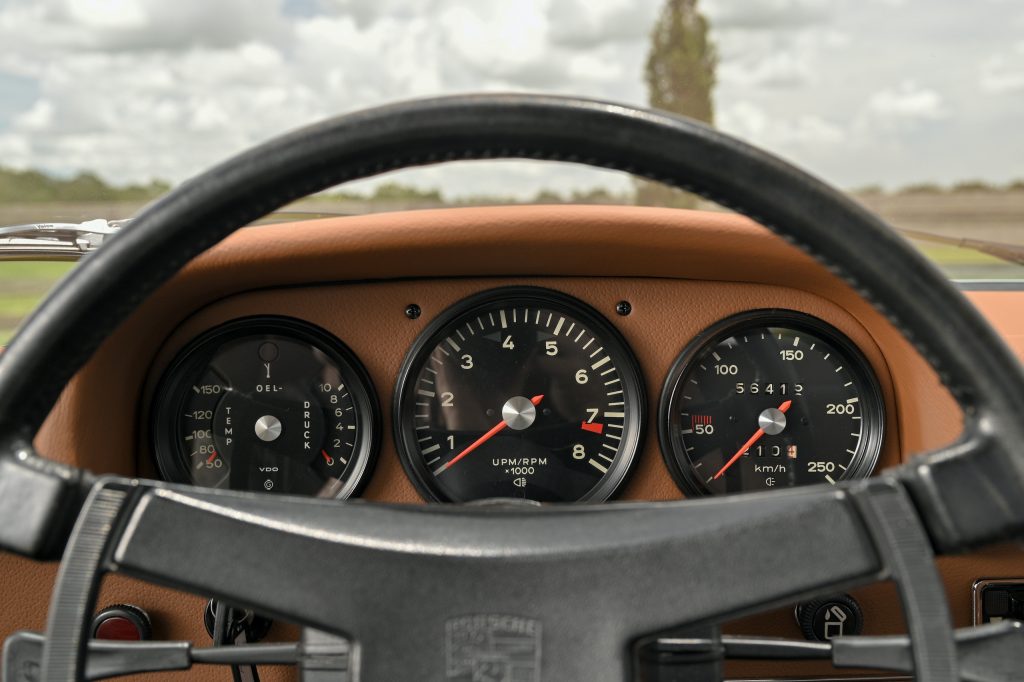
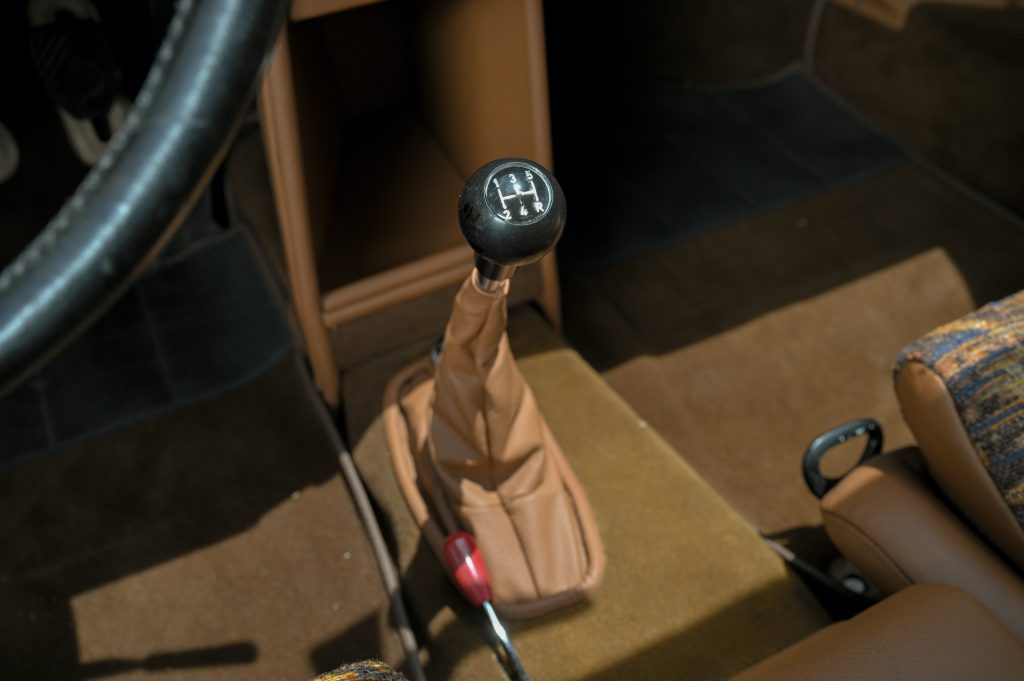
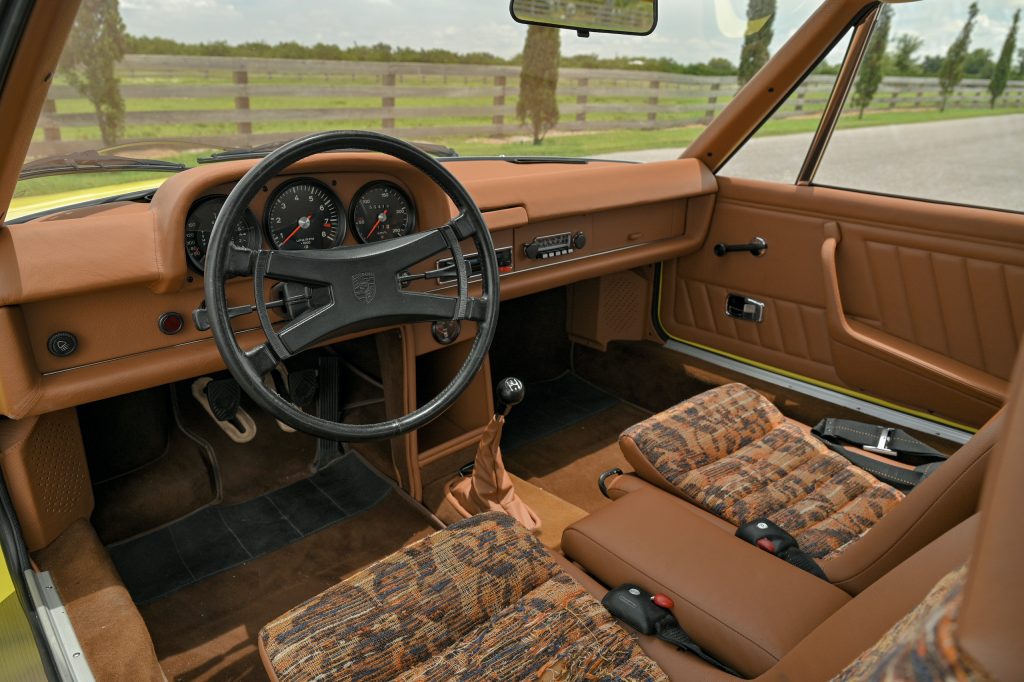
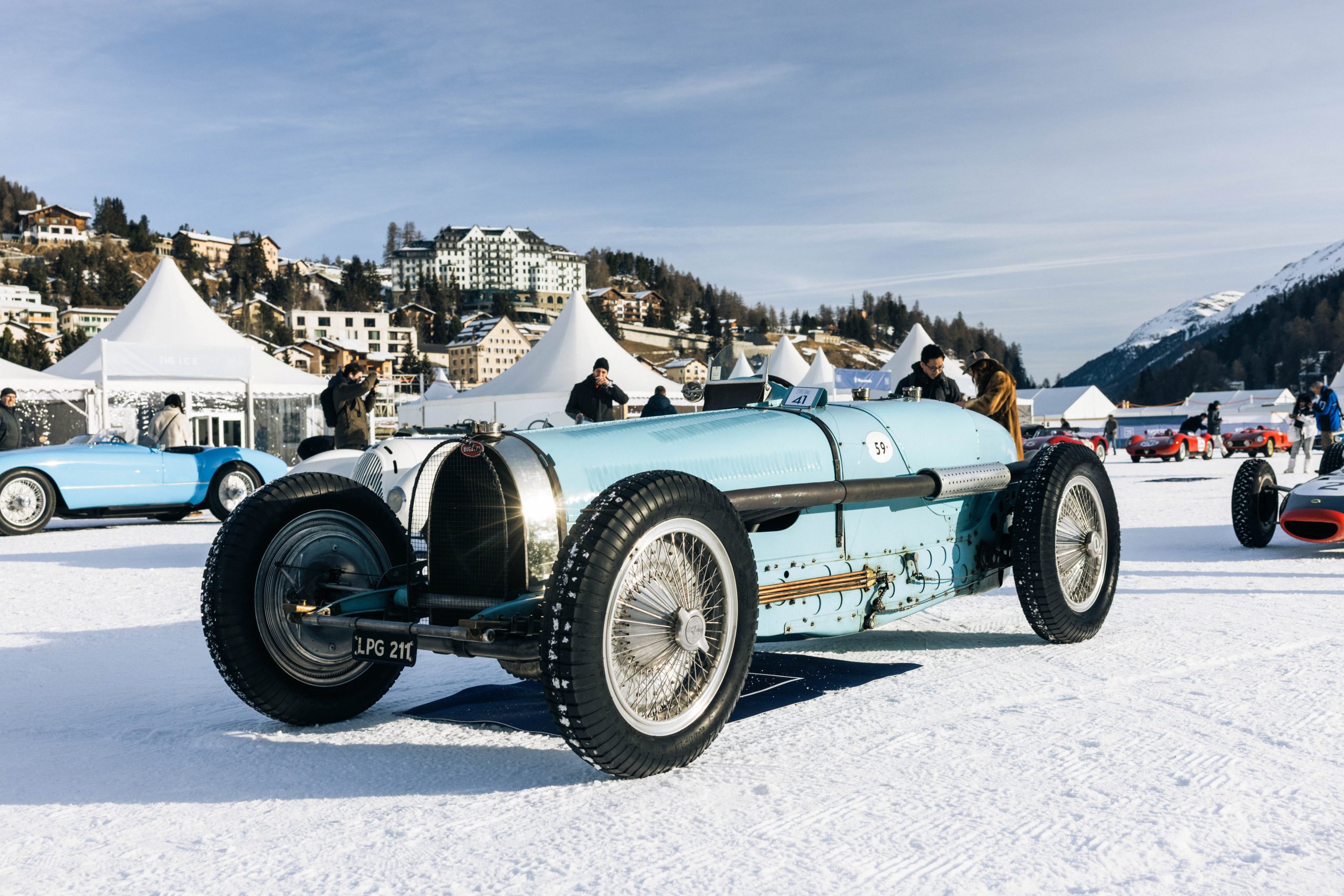
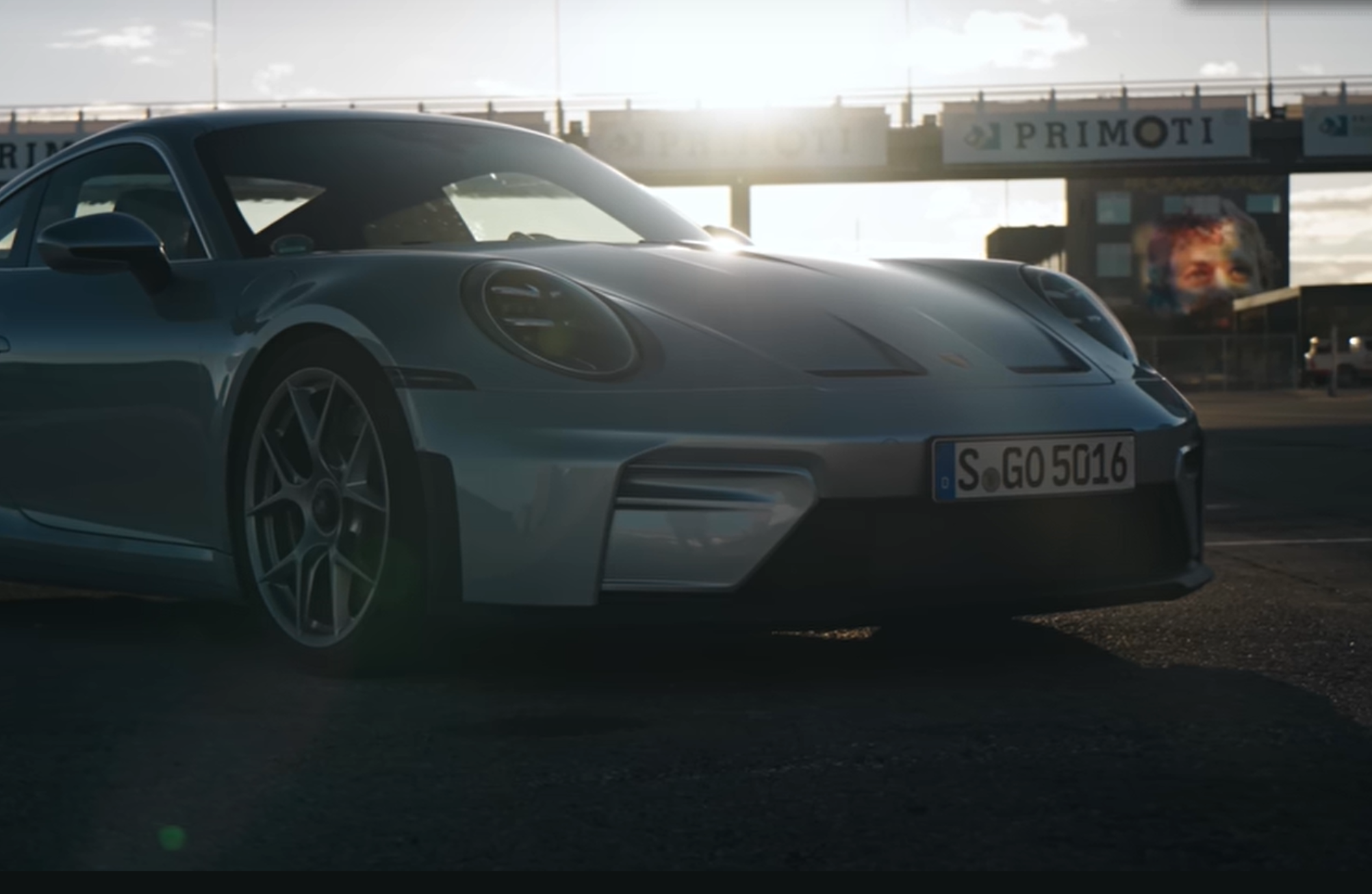
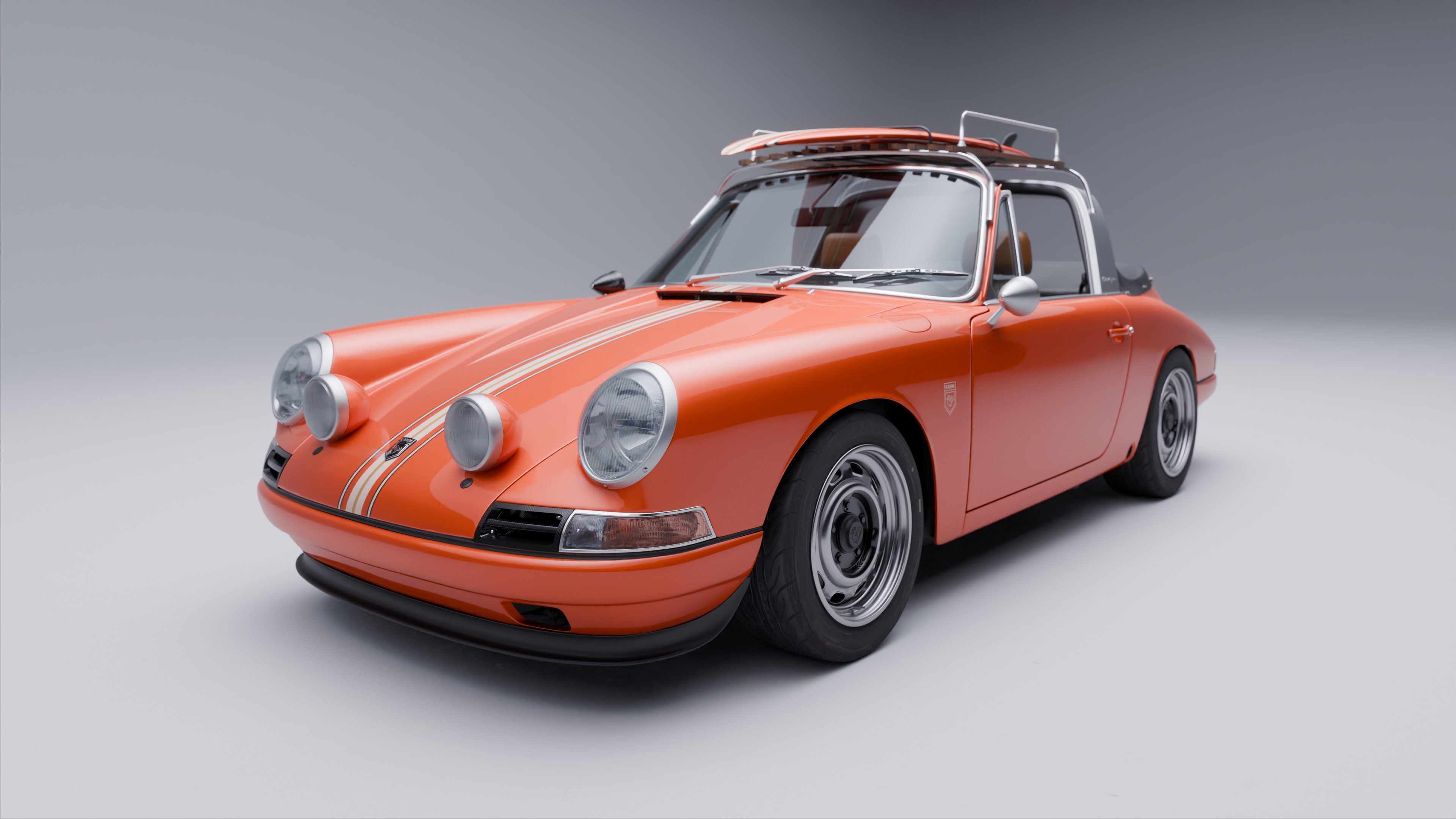














As a former Porsche salesman I found out about this car in 1986 … the 916 and the 959 – of which I have a production poster – are my favorite Porsches … if I only had the funding …